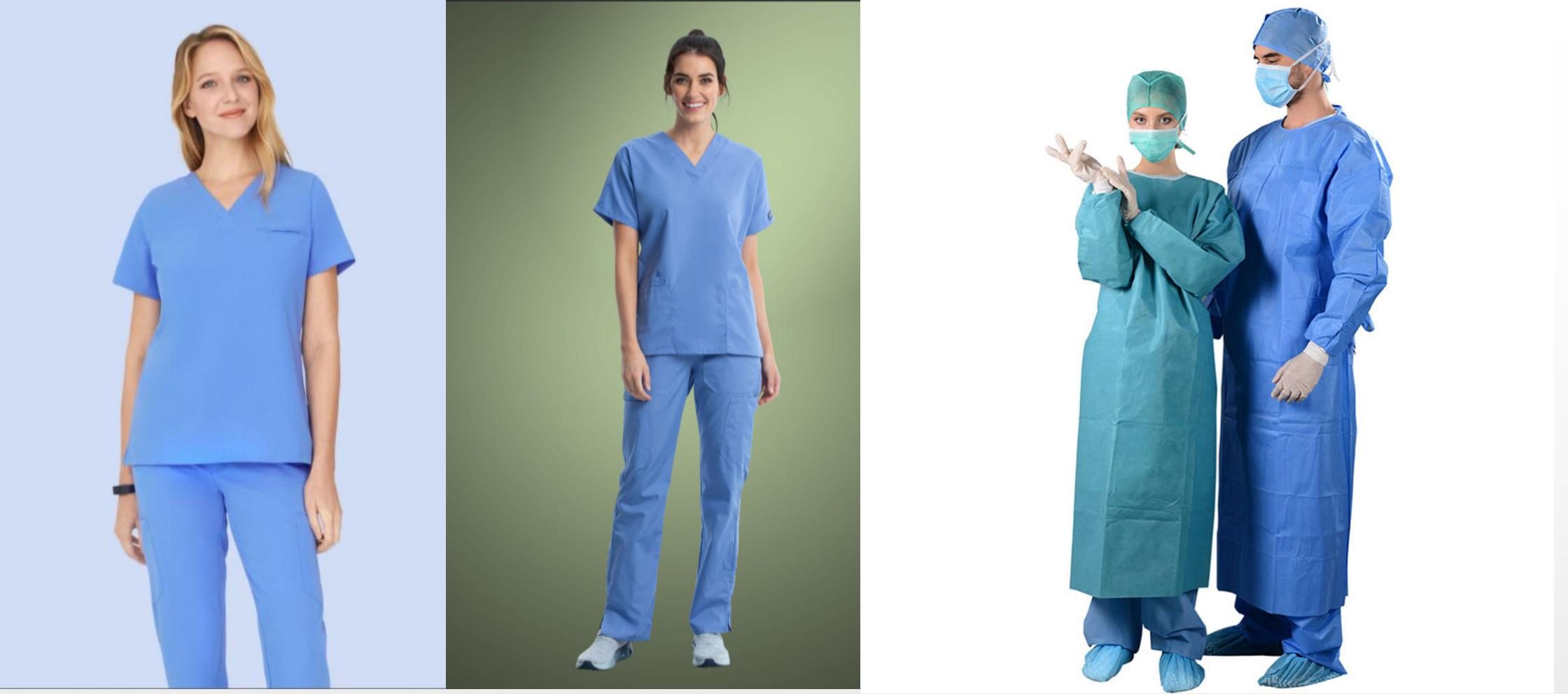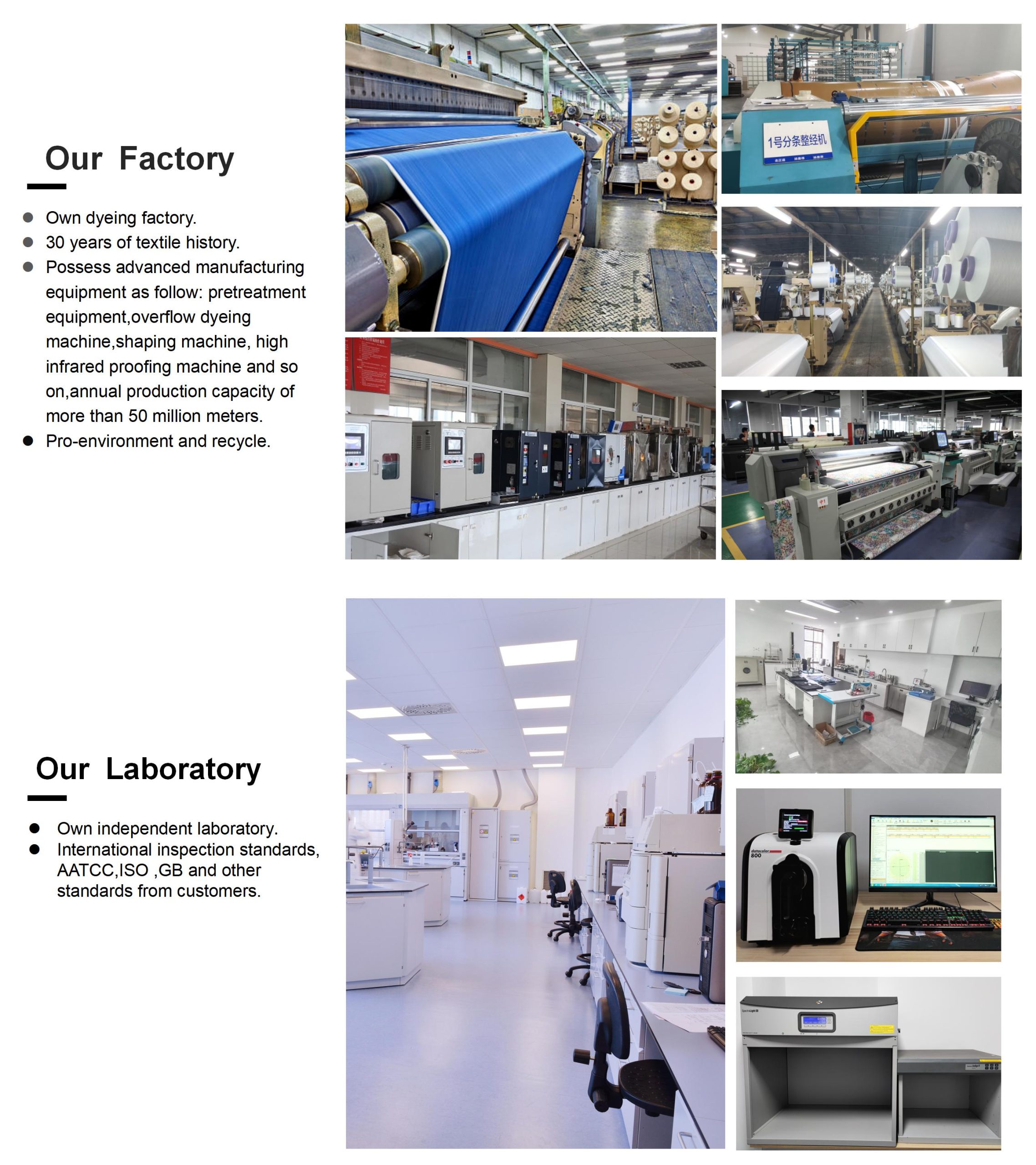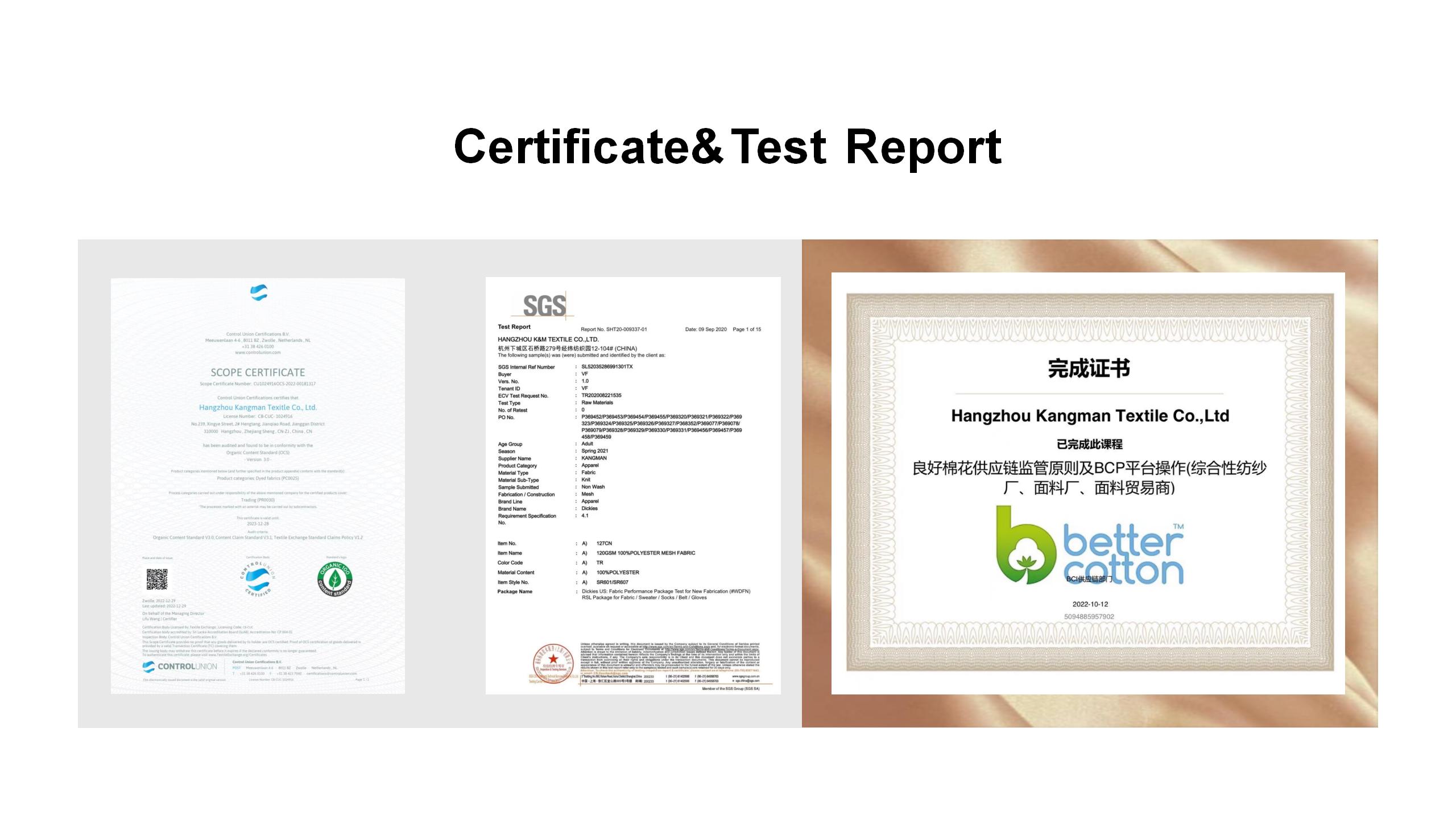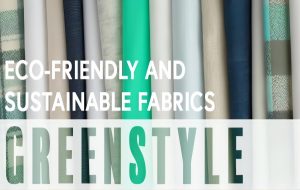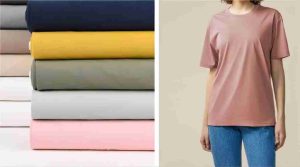Everything You Need To Know About Scrubs Fabric!
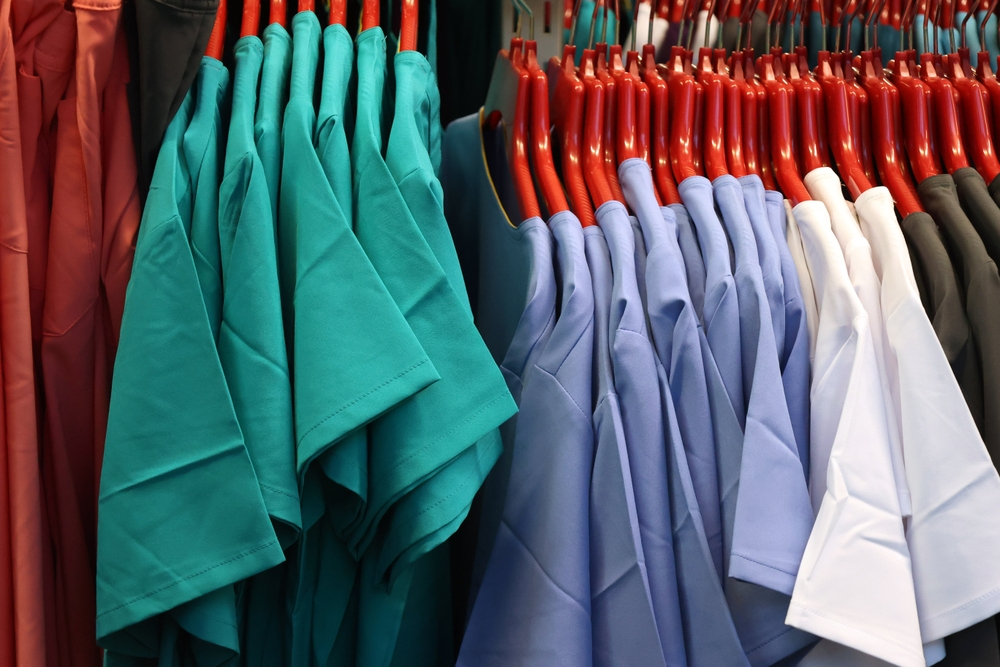
Scrubs fabrics are our competitive products,including TR 4-way stretch fabric,polyester cotton fabric,polyester electrical conductive fabric and taslon fabric.
Our products can achieve more than 80 points after 50 washings; antibacterial and deodorizing, 99% antibacterial effect after 50 washings.By AATCC 61 4A testing methods, color fastness grade 4, and after 100 140F water, still reach the United States Association for Advancement of Medical Instrumentation (AAMI) gowns Level 2 requirements.
These fabrics are not only wear-resistant, but also of good gas permeability and moisture permeability. We exported these to Bangladesh, India, America and other countries,established a high-quality products to a professional image, got a good reputation.
From nurse uniform fabric to surgical gown fabric,we are able to supply you a wide variety of hospital fabrics.Even if our products not meet all your requirements,you also could choose customization.A part of our customers have sent their samples to us and our factory have produced quality sample according these.
We have experienced factory and R & D team,could help to involve a technology challenge of our customers.One of our American customer,who have a high standard of color fastness.Many factories cannot meet his standard.That posed a challenge for us in the first place,but through process adjustments and multiple tests,we are successful final.So we gained his approval and his orders.
Different Fabrics Used As Scrubs Fabric

Polyester
Like cotton, polyester is a popular fabric for surgical gowns. It is a synthetic textile that is strong, wrinkle-resistant, moisture-wicking and easy to care for. Polyester is often mixed with cotton because of its resistance to stretch and shrinkage.
Rayon
Rayon is a soft, lightweight, breathable, and absorbent fabric with an appearance and texture similar to silk, cotton, and linen. The significant advantage of rayon surgical gowns is that it has the same properties as cotton blends but at a lower price.
spandex
Spandex is a synthetic fiber often referred to as “stretch.” Spandex avoids wrinkling and sagging because the material stretches but returns to its normal shape after the garment is removed. Spandex gowns are antiperspirant and more stain-resistant than cotton gowns.
All-Synthetic Blends
These items are great for maintaining professionalism because they are virtually wrinkle-free. Polyester, spandex, and rayon work together to create flexible, durable, and hard-wearing surgical gowns, such as our scrub pants, which contain a blend of 78% polyester, 20% rayon, and 2% spandex.
For both blends, it’s important to remember that the properties and care required will vary based on the specific blend of each garment. For example, a synthetic blend with a higher rayon content may wrinkle more easily but will also be softer than a polyester/spandex blend. In each case, you should check the item’s label for specific care instructions.
Weaves

Plain
As the name implies, plain weave is the simplest and most common type of weave, with the warp and weft threads alternating in a simple over-and-under pattern. Plain weave fabrics have a balanced structure and are known for their durability and versatility.
Poplin is one such plain weave fabric, characterized by its subtle horizontal lines that create a rope effect when viewed closely. It is widely used in shirts, skirts, and raincoats, but it is also a popular choice for surgical gowns due to its natural wrinkle and stain resistance, as well as its breathability. Poplin is usually made from cotton or a polyester/cotton blend.
Twill
Twill is another of the most common types of weaves. Twill is often used in the production of surgical gowns and other workwear due to its stain resistance, coupled with its durability. It is characterized by its diagonal lines, which are created by offsetting the warp threads and are what make this weave strong and durable. Twill is usually made from cotton, polyester, or a blend of these two fibers.
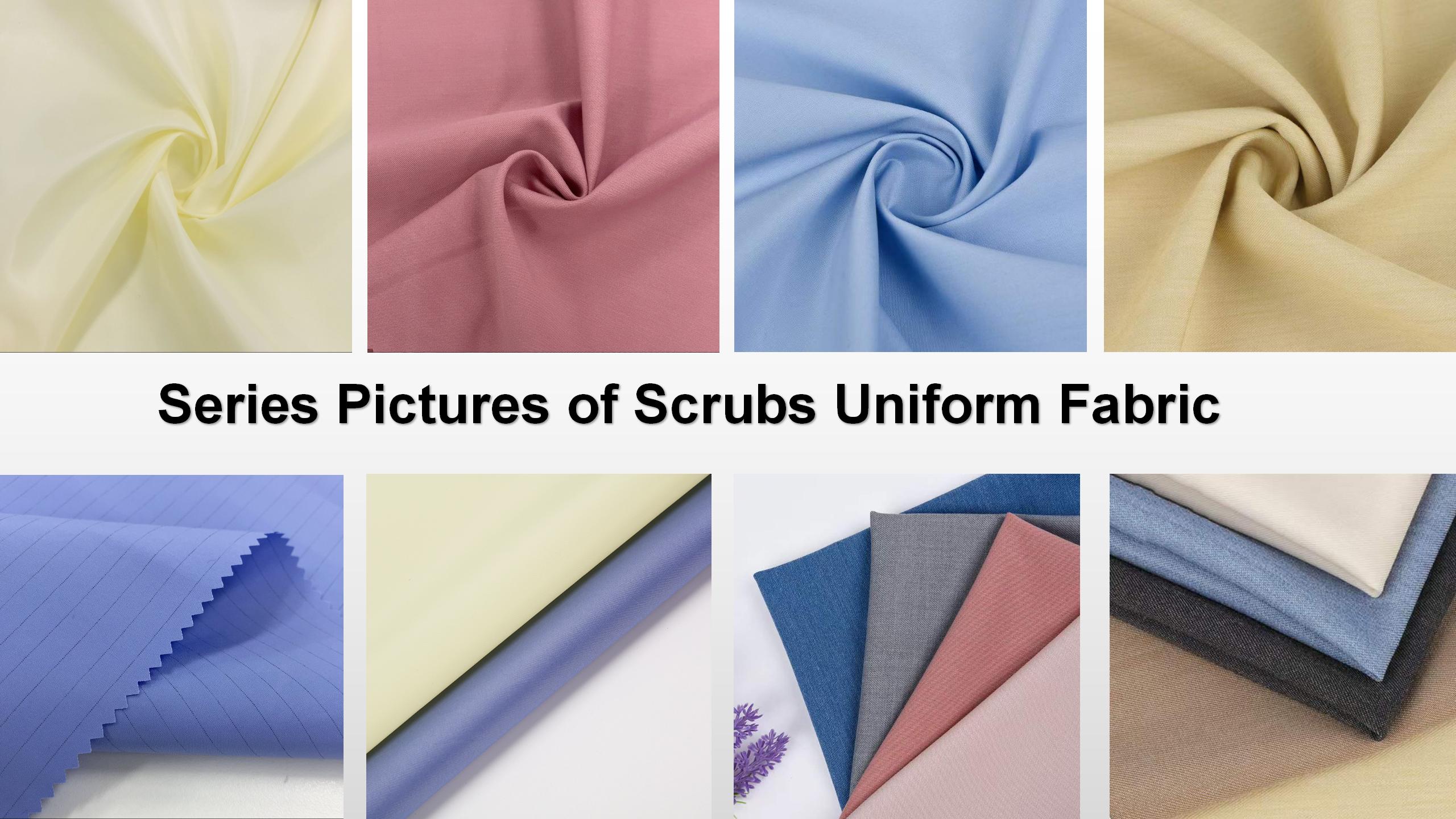
Fabric Applications
